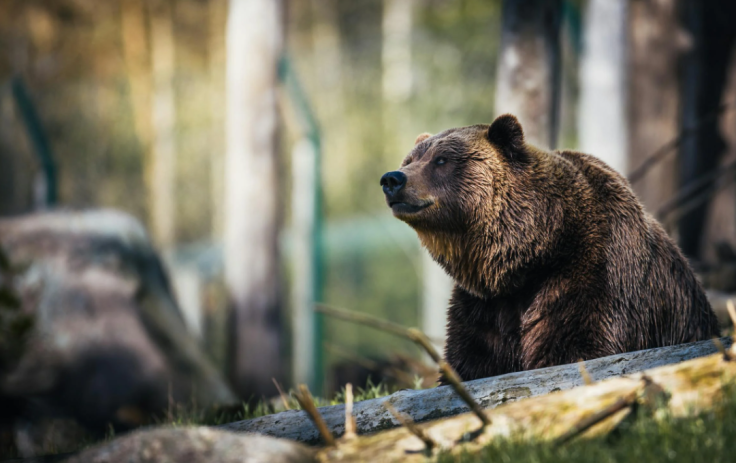Yellowstone National Park Eruption Feared As Viral Video Shows Animals Leaving - Scientists Explain Why
Understanding The Truth Behind Animal Movements And The Myths Of An Impending Yellowstone Volcano Eruption

Recent social media posts claiming animals are fleeing Yellowstone National Park have caused widespread concern for fear of a volcanic eruption, but experts say there is no evidence or cause of concern. Despite viral videos and dramatic claims, the reality is that wildlife movement follows natural patterns, not signs of disaster.
A video showing dozens of bears crossing roads and blocking vehicles gained over 6 million views on Facebook and thousands more on TikTok and Instagram. The caption suggested that all the grizzly bears started leaving Yellowstone that morning and that scientists were puzzled. Many viewers believed the footage indicated an impending supervolcano eruption, with comments suggesting animals could sense something humans cannot.
However, the video was not filmed in Yellowstone. Fact-checkers from Snopes confirmed that the footage was taken at Bear Country U.S.A., a drive-through wildlife park near Rapid City, South Dakota. The clip was posted on TikTok and was later misinterpreted as showing Yellowstone animals fleeing. A user clarified that the footage was from feeding time at the park, where bears gather around food trucks, explaining their large appearance.
Normal Wildlife Behaviour, Not Signs of Eruption
Rumours of mass animal departures from Yellowstone have sparked fears of a supervolcano awakening. In reality, the movement of bison, elk, bears, and mountain lions is typical and driven by seasonal migration. These animals do not possess special senses to predict volcanic activity; their movements are based on food availability and weather conditions.
As winter approaches, many species migrate to milder areas with less snow and more accessible food. Bison, for example, often travel outside park boundaries between summer and winter ranges. Elk follow long-established routes to find fresh grass and shelter from the cold. Bears, being omnivores, shift their diets from early spring roots to berries in summer and nuts in autumn, moving accordingly.
Similarly, mountain lions follow prey animals like deer and elk. Their movement patterns are part of their natural behaviour, not an indication of seismic threat. Wildlife experts note that these routine migrations are predictable and have been documented over centuries.
Additional Factors Impacting Animal Movement
Beyond seasonal habits, weather events can influence animal behaviour. Harsh winters or droughts may push animals to seek better conditions nearby. Human activity, such as increased tourism or construction, can also cause short-term displacement. Predation, competition, and breeding cycles further shape movement patterns across different species.
Yellowstone's extensive wildlife monitoring system provides real-time data on animal behaviour. GPS collars, camera traps, and regular surveys help researchers spot unusual changes. So far, there are no signs of abnormal behaviour that could suggest a geological threat.
What Would Indicate a Volcano Eruption?
If Yellowstone's supervolcano were truly preparing to erupt, scientists would detect clear warning signs long before any event. The Yellowstone Volcano Observatory tracks seismic activity, ground deformation, and gas emissions continuously. Indicators such as sustained earthquake swarms, significant uplift or sinking of the ground, and thermal anomalies in geysers or hot springs would serve as early alerts.
Current data shows the volcanic system remains stable. Seismic activity is within normal levels, and no unusual thermal or ground movement has been observed. The region's wildlife continues to follow their natural routines, unaffected by any underground processes. Despite viral claims and alarming social media posts, there is no scientific evidence to suggest that animals are fleeing Yellowstone because of an impending eruption.
© Copyright IBTimes 2025. All rights reserved.





















